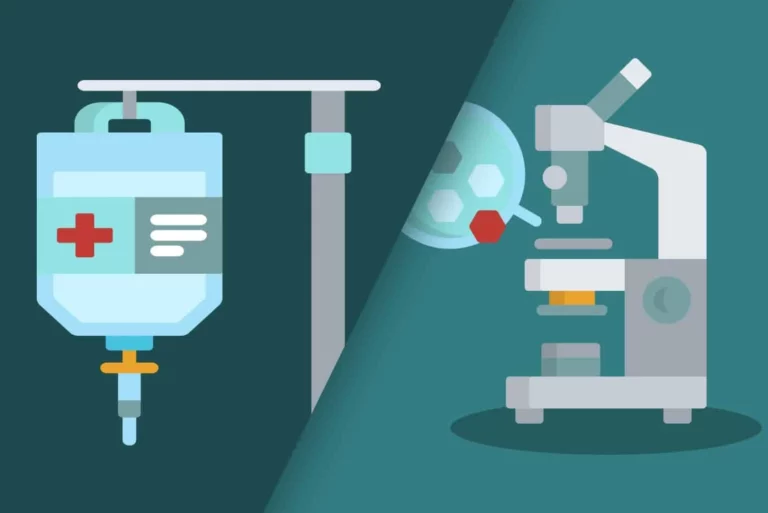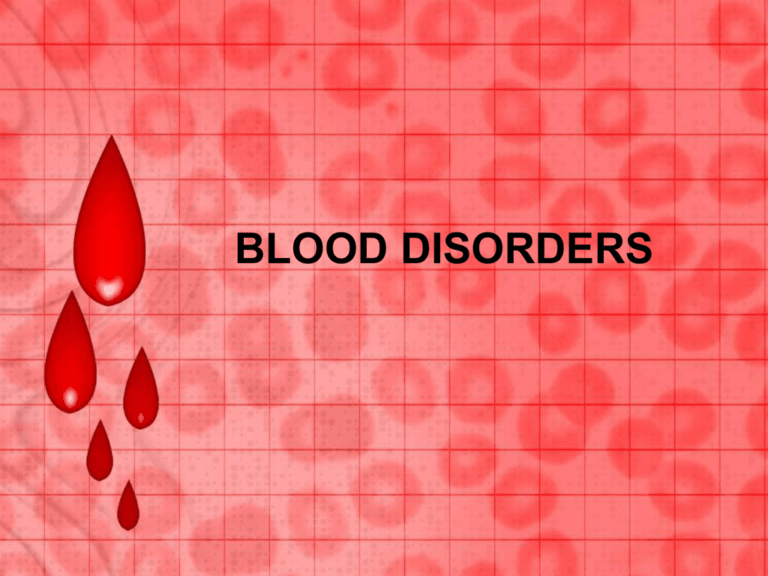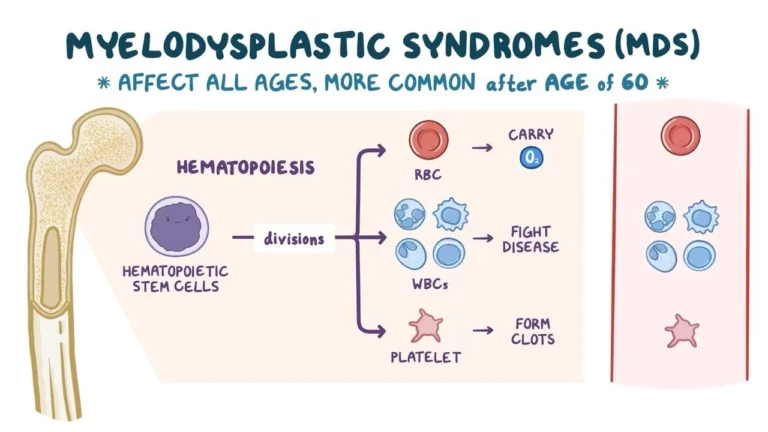Bladder Cancer: Type, Symptoms, and Causes
Author: Giselle Robel
Giselle Robel
Category: Health
Bladder cancer occurs in the tissues of the bladder, which is the organ in the body that holds urine. It is a common type of cancer that begins in the cells of the bladder. The bladder is a hollow, muscular organ in your lower abdomen that stores urine.
 Bladder Anatomy
Bladder Anatomy
It’s most often beginning in the cells (Urothelial cells) that line the inside of your bladder. Urothelial cells are also found in your kidneys and the tubes (ureters) that connect the kidneys to the bladder. Urothelial cancer can happen in the kidneys and ureters, too, but it’s much more common in the bladder.
Most bladder cancers are diagnosed at an early stage when the cancer is highly treatable. But even early-stage bladder cancers can come back after successful treatment. For this reason, people with this type of cancer typically need follow-up tests for years after treatment to look for if it’s recurring.
Symptoms of Bladder Cancer
Many people with bladder cancer can have blood in their urine but no pain while urinating. There are a number of symptoms that might indicate bladder cancer like fatigue, weight loss, and bone tenderness, and these can indicate more advanced disease. You should pay particular attention to the following symptoms:
- blood in the urine
- painful urination
- frequent urination
- urgent urination
- urinary incontinence
- pain in the abdominal area
- pain in the lower back
Bladder Cancer Causes

It begins when cells in the bladder develop changes (mutations) in their DNA. A cell’s DNA contains instructions that tell the cell what to do. The changes tell the cell to multiply rapidly and to go on living when healthy cells would die. The abnormal cells form a tumor that can invade and destroy normal body tissue. In time, the abnormal cells can break away and spread (metastasize) through the body.
Types
Urothelial carcinoma (transitional cell carcinoma)
Urothelial carcinoma, also known as transitional cell carcinoma __ (TCC), is by far the most common type of bladder cancer. In fact, if you have this type it’s almost certain to be a urothelial carcinoma. These cancers start in the urothelial cells that line the inside of the bladder.
Urothelial cells also line other parts of the urinary tract, such as the part of the kidney that connects to the ureter (called the renal pelvis), the ureters, and the urethra. People with bladder cancer sometimes have tumors in these places, too, so all of the urinary tracts need to be checked for tumors.
Other types of bladder cancer
Other types of cancer can start in the bladder, but these are all much less common than urothelial (transitional cell) cancer.
Squamous cell carcinoma
In the US, only about 1% to 2% of bladder cancers are squamous cell carcinomas. Seen with a microscope, the cells look much like the flat cells that are found on the surface of the skin. Nearly all squamous cell carcinomas of the bladder are invasive.
Adenocarcinoma
Only about 1% of bladder cancers are adenocarcinomas. These cancer cells have a lot in common with gland-forming cells of colon cancers. Nearly all adenocarcinoma of the bladder is invasive.
Small cell carcinoma
Less than 1% of bladder cancers are small-cell carcinomas. They start in nerve-like cells called neuroendocrine __ cells. These cancers often grow quickly and usually need to be treated with chemotherapy like that used for small cell carcinoma of the lung.
Sarcoma
Sarcomas start in the muscle cells of the bladder, but they are very rare. More information can be found in Soft Tissue Sarcoma and Rhabdomyosarcoma.
These less common types (other than sarcoma) are treated a lot like TCCs, especially early-stage tumors, but if chemotherapy is needed, different drugs might be used.
Diagnosis
It can be diagnosed using one or more of the following methods:
- a urinalysis
- an internal examination, which involves your doctor inserting gloved fingers into your vagina or rectum to feel for lumps that may indicate a cancerous growth
- a cystoscopy, which involves your doctor inserting a narrow tube that has a small camera on it through your urethra to see inside your bladder
- a biopsy in which your doctor inserts a small tool through your urethra and takes a small sample of tissue from your bladder to test for cancer
- a CT scan to view the bladder
- an intravenous pyelogram (IVP)
- X-rays
Your doctor can rate cancer by staging system that goes from stages 0 to 4 to identify how far has the cancer spread. The stages of bladder cancer mean the following:
- Stage 0 bladder cancer hasn't spread past the lining of the bladder.
- 1 bladder cancer has spread past the lining of the bladder, but it hasn't reached the layer of muscle in the bladder.
- 2 bladder cancer has spread to the layer of muscle in the bladder.
- 3 bladder cancer has spread into the tissues that surround the bladder.
- 4 bladder cancer has spread past the bladder to the neighboring areas of the body
Treatment
Your doctor will work with you to decide what treatment to provide based on the type and stage of your cancer, your symptoms, and your overall health.
For stage 0 and stage 1
Treatment for stage 0 and stage 1 may include surgery to remove the tumor from the bladder, chemotherapy, or immunotherapy, which involves taking a medication that causes your immune system to attack the cancer cells.
For stage 2 and stage 3
May include the following:
- removal of part of the bladder in addition to chemotherapy
- removal of the whole bladder, which is a radical cystectomy, followed by surgery to create a new way for urine to exit the body
- chemotherapy, radiation therapy, or immunotherapy that can be done to shrink the tumor before surgery, to treat the cancer when surgery isn't an option, to kill remaining cancer cells after surgery, or to prevent the cancer from recurring
Treatment for stage 4
May include the following:
- chemotherapy without surgery to relieve symptoms and extend life
- radical cystectomy and removal of the surrounding lymph nodes, followed by a surgery to create a new way for urine to exit the body
- chemotherapy, radiation therapy, and immunotherapy after surgery to kill remaining cancer cells or to relieve symptoms and extend life
- clinical trial drugs
Risk factors
Factors that may increase bladder cancer risk include:
- Smoking
- Smoking cigarettes, cigars or pipes may increase the risk of cancer by causing harmful chemicals to accumulate in the urine.
- When you smoke, your body processes the chemicals in the smoke and excretes some of them in your urine. These harmful chemicals may damage the lining of your bladder, which can increase your risk of cancer.
- Increasing age
- Increases the risk as you age. Though it can occur at any age, most people diagnosed with bladder cancer are older than 55.
- Being male
- Men are more likely to develop bladder cancer than women are.
- Exposure to certain chemicals
- Such as arsenic and chemicals used in manufacturing dyes, rubber, leather, textiles and paint products may increase the risk of getting bladder cancer.
- Your kidneys play a key role in filtering harmful chemicals from your bloodstream and moving them into your bladder.
- Previous cancer treatment. T
- Treatment with the anti-cancer drug cyclophosphamide increases the risk of bladder cancer.
- People who received radiation treatments aimed at the pelvis for a previous cancer have a higher risk of developing the cancer of the bladder.
More Risk Factor
- Chronic bladder inflammation
- Chronic or repeated urinary infections or inflammations (cystitis), such as might happen with long-term use of a urinary catheter, may increase the risk of a squamous cell bladder cancer.
- In some areas of the world, squamous cell carcinoma is linked to chronic bladder inflammation caused by the parasitic infection known as schistosomiasis.
- Personal or family history of cancer
- If you’ve had bladder cancer, you’re more likely to get it again. If one of your blood relatives a parent, sibling or child has a history of bladder cancer, you may have an increased risk of the disease, although it’s rare for bladder cancer to run in families.
- A family history of Lynch syndrome, also known as hereditary nonpolyposis colorectal cancer (HNPCC), can increase the risk of cancer in the urinary system, as well as in the colon, uterus, ovaries and other organs.
Prevention
Although there’s no guaranteed way to prevent bladder cancer, you can take steps to help reduce your risk. For instance:
- Don’t smoke
- If you don’t smoke, don’t start. If you smoke, talk to your doctor about a plan to help you stop. Support groups, medications and other methods may help you quit.
- Take caution around chemicals
- If you work with chemicals, follow all safety instructions to avoid exposure.
- Choose a variety of fruits and vegetables
- Choose a diet rich in a variety of colorful fruits and vegetables. The antioxidants in fruits and vegetables may help reduce your risk of cancer.













